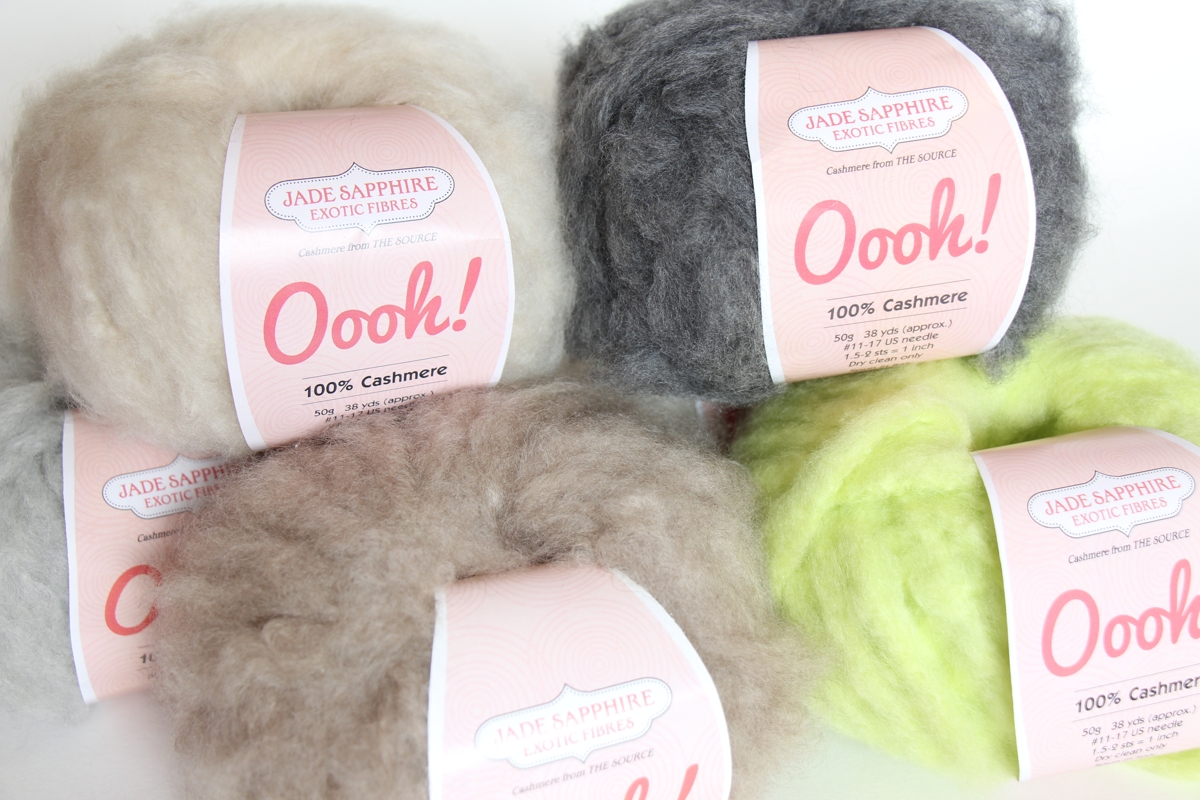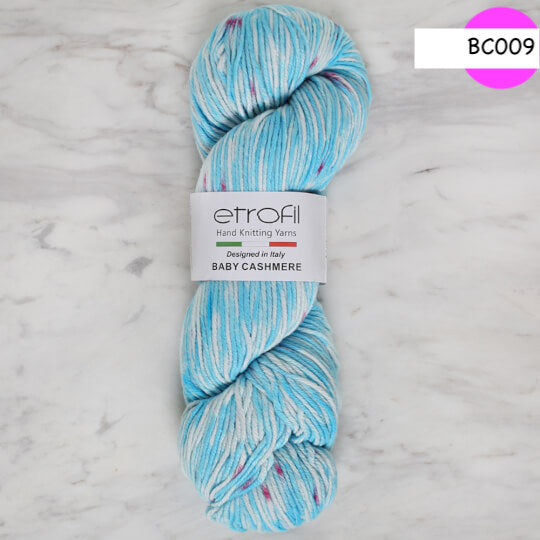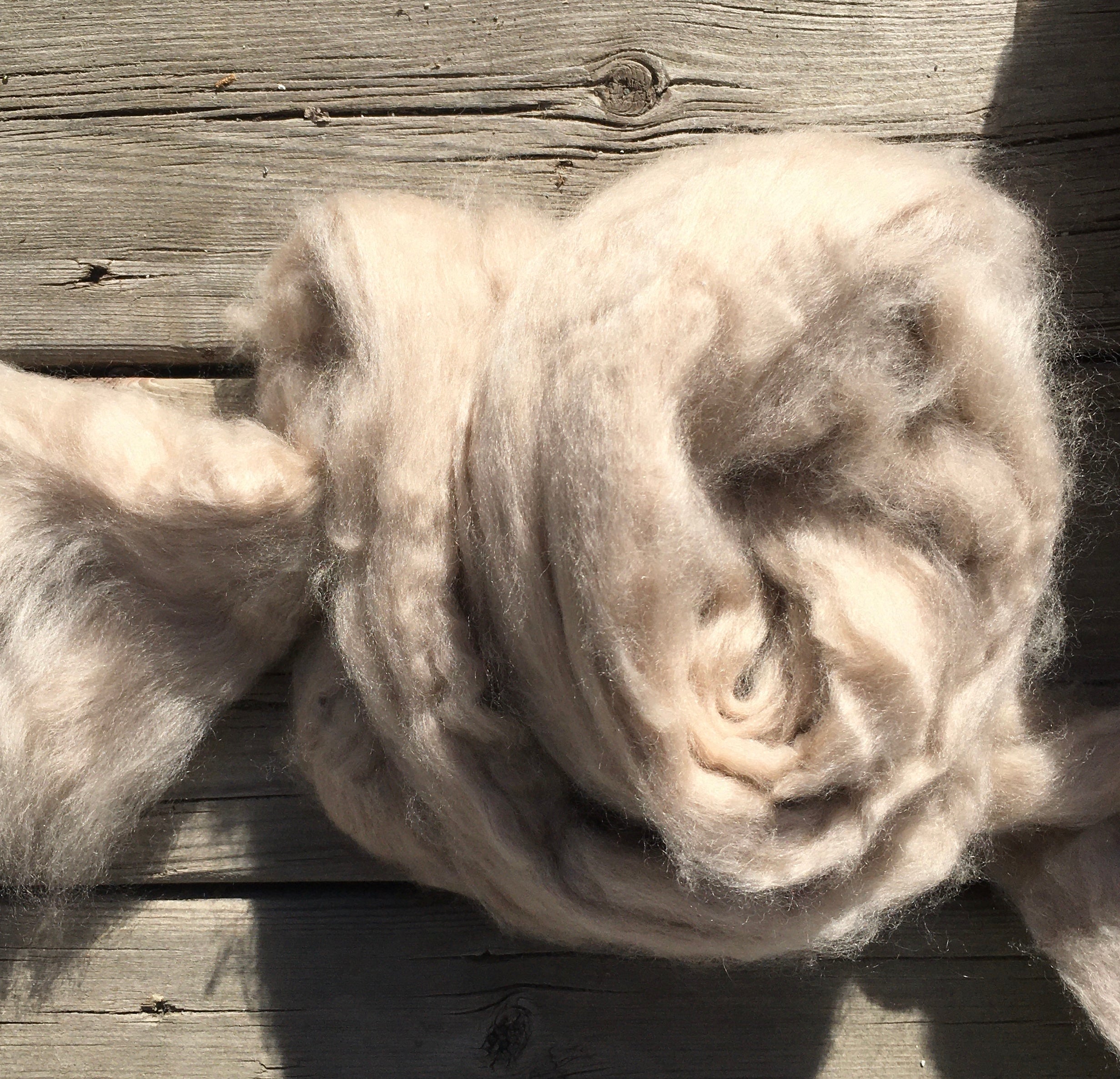Factors You Need To Require Cashmere a Natural Fiber for Convenience and Elegance in Everyday Put On
In the realm of fabrics, couple of fibers match the deluxe and comfort of cashmere. This special material, understood for its superior gentleness and insulation, gives exceptional convenience and beauty for day-to-day wear. What sets it apart from various other fibers? How does it influence the environment and exactly how does it contrast to synthetic alternatives? Just how can one best utilize cashmere to raise their style? These fascinating questions lay the foundation for an enlightening expedition into the globe of cashmere.
Comprehending the Lavish Nature of Cashmere

Examining the Comfort Element of Cashmere Clothes
What top qualities highlight the comfort element of cashmere garments? The softness of cashmere is the first top quality to take into consideration. Its deluxe structure makes it seem like a second skin, offering warmth without the weight or irritation linked with various other wool items. In addition, cashmere's special fiber structure allows for breathability, managing temperature and preventing getting too hot. The material's flexibility and resilience ensure that it mold and mildews against the body conveniently, keeping its shape in time. Cashmere's hypoallergenic buildings likewise add to its convenience, making it a perfect selection for sensitive skin. The capacity to layer cashmere pieces without thickness heightens the convenience factor. Essentially, the comfort of cashmere is stemmed from its soft qualities, breathability, sturdiness, hypoallergenic nature, and versatility.

The Environmental Effect and Sustainability of Cashmere
While the convenience and style of cashmere are certainly attractive, it's similarly crucial to consider its partnership with the setting. Cashmere Check Out Your URL manufacturing, largely in Mongolia and China, entails raising cashmere goats, which can considerably strain delicate grassland environments as a result of overgrazing. This can bring about desertification, a pressing environmental issue. The processing of cashmere, involving washing and look at this website dyeing, can also contribute to water air pollution if not appropriately handled. Nevertheless, initiatives are being made to develop lasting cashmere production techniques, such as rotational grazing and cleaner handling techniques. Therefore, while cashmere has ecological impacts, its sustainability largely relies on production practices.
Comparing Cashmere to Artificial Fibers: A Cost-Benefit Analysis
In spite of its environmental difficulties, cashmere provides a special collection of advantages over artificial fibers. Cashmere's all-natural fibers supply unparalleled softness and warmth, translating right into convenience that artificial fibers have a hard time to match. Unlike synthetic fibers, cashmere doesn't contribute to microplastic air pollution, making it an extra lasting option.
Styling Tips With Cashmere for Everyday Elegance
Having considered the cost-benefit evaluation of cashmere contrasted to synthetic fibers, it becomes clear why this elegant product is a popular option for numerous. When styling cashmere for everyday style, simpleness is essential. A cashmere sweater, for circumstances, can be matched with tailored trousers or a smooth skirt for a stylish, put-together appearance - cashmere fibre. For an extra casual set, a cashmere cardigan used over an easy tee and denims radiates effortless design. Accessories can better raise the appearance: a statement locket or scarf can include a pop of color to a neutral cashmere item. Eventually, the fundamental elegance of cashmere makes it a versatile addition to any kind of wardrobe, easily improving everyday clothing with a touch of luxury.

Conclusion
In addition, cashmere's sustainability and lower environmental influence compared to synthetic fibers additionally boost its appeal. Investing in cashmere garments is a beneficial choice for sustainability, comfort, and style.
